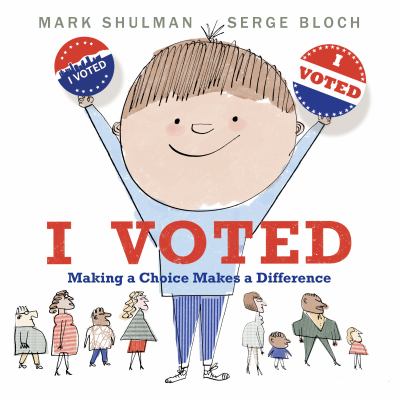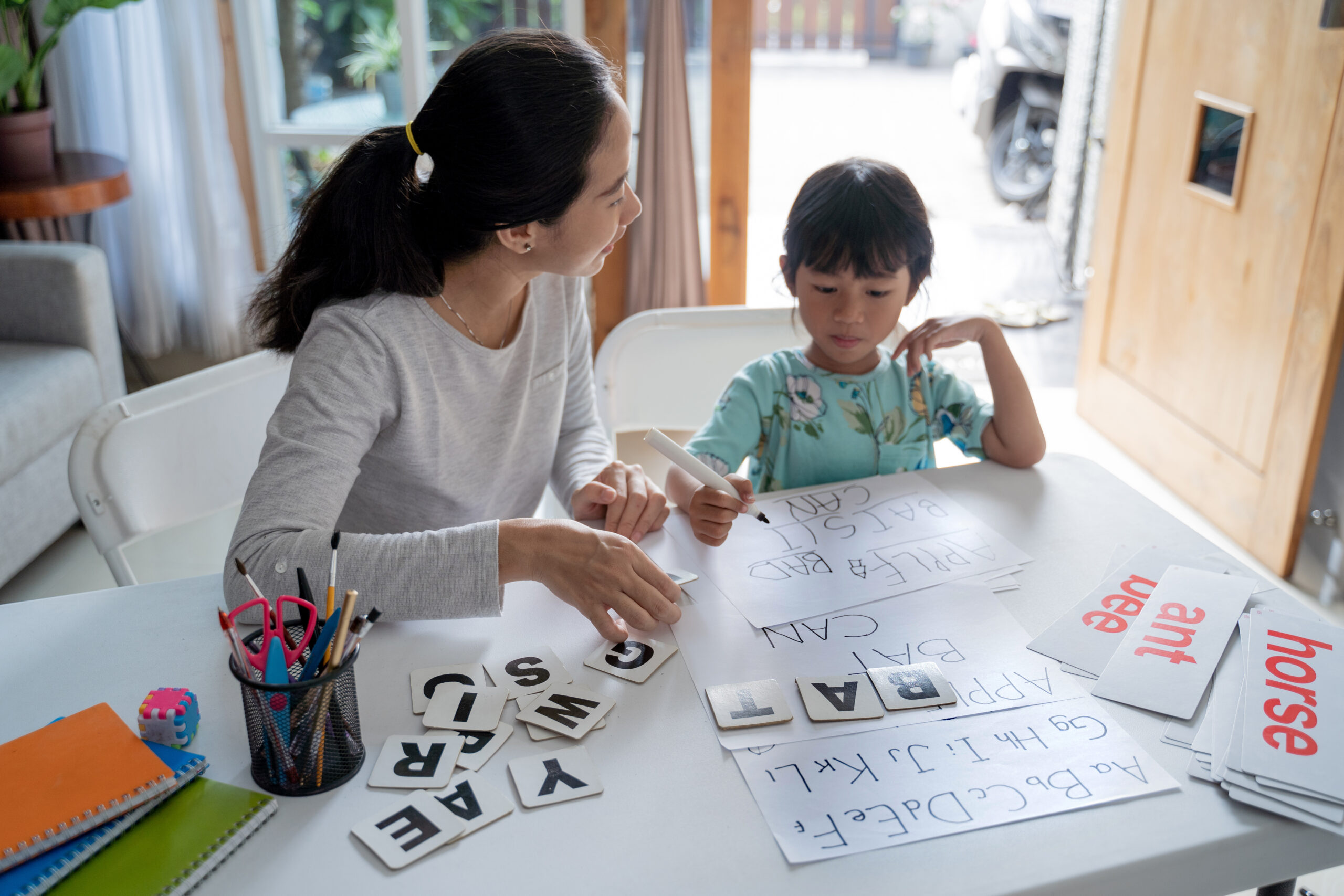On Tuesday, March 1, 2016, at 7:00 pm, Minnesota will hold precinct caucuses around the state. They are the beginning of a process that Minnesota’s major political parties use for choosing the candidates and the issues they will support in elections. You can find out where your caucus is by using the Secretary of State’s Caucus Finder.
Attending your party’s precinct caucus provides you with an opportunity to advance an issue that matters to you, support the candidates of your choice, and build your involvement in the political process. You can learn more about what to expect by visiting the Secretary of State’s website about precinct caucuses.
Beyond voting for the candidate of your choice, another way to participate in the caucus is by submitting a resolution. Resolutions are position statements that can be adopted at the precinct level and advanced to become party positions.
What does a resolution look like?
A resolution is usually a one-page document that outlines:
- The problem or opportunity
- A rationale for a position for the issue
- A policy statement about what should be done about the issue
How do I present my resolution?
- There is time for resolutions on the agenda
- Resolutions must be presented in writing
- Present your proposal and the reasons for it. Be persuasive! (It helps to lobby early and have copies).
- If there is disagreement, the caucus chair will facilitate debate (often 3 statements for and 3 against).
Vote!
Use this sample resolution at your caucus to support early learning:
Whereas, Minnesota has some of the worst opportunity and achievement gaps in the nation, with approximately 15,400 low-income children arriving at kindergarten every year not fully prepared to succeed; and
Whereas, improving the early learning landscape across Minnesota improves the lives of children and the future of our state; and
Whereas, children start learning at birth;
Therefore, be it resolved that the _________ Party supports:
- increasing access for the most vulnerable children to attend high-quality early care and education programs by expanding Early Learning Scholarships,
- continued support of Parent Aware- Minnesota’s quality rating system for early learning programs, and
- eliminating the wait list for CCAP so all children from low-income families can access quality early learning programs starting at birth.








